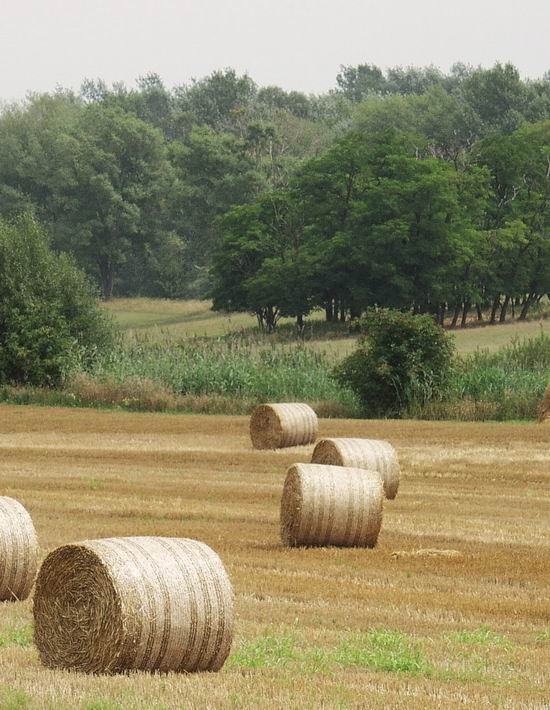

Biomass for heating
Biomass
boilers
For
warm water
- BIO
Automated, pellet, wood chips,
- Farmer
Automated, pellet,wood chips,
wood logs, multifuel
- Automat
Self-loading, automated, pellet, wood chips, multifuel
- Low pressure steam (0,5bar) automated boilers for biomass, pellet, wood chips, multifuel
- Automated brown coal boilers
For warm water or low pressure steam
- Feedlan
control
Solid-fuel handling system
- Moving
floor
Automated solid-fuel store
- Fuel
stores
For solid-fuel
- Augers
- Loader spoon
- Ash
removing
| What is the biomass? | ||||||||||||||||||||||||||||||||||||
United Nations Framework Convention on Climate
Change (UNFCCC): Organisation for Economic Co-operation
and Development (OECD): Renewable energy directive, European Commission:"The biodegradable fraction of products, wastes, and residues from biological origin from agriculture (including vegetable and animal substances), forestry, and related industries including fisheries and aquaculture, as well as the biodegradable fraction of industrial and municipal waste" CEN/TS 14588
Standards for
"Solid biofuels" produced from biomass. Gasoline or diesel fuels sold anywhere in the world are consistent with specific standards, EN 2287 and EN 5908 respectively, stating their chemical and physical characteristics. Fuels not compliant with these standards simply cannot be put onto the market. A simple consequence of this is that, car manufacturers’ guarantees are only valid if a standard fuel is used. More serious consequences are related to the safe use of such fuels or, from an economic point of view, their market price in relation to energy content. For these and other reasons nobody in Europe uses fuels which don’t comply with the standards. The main standards in the area of biomass fuels are the EN 14961 series. These documents are, at the moment, the unique European Standards dealing with solid biofuel specifications, and, even if they refer to biofuels for non industrial use11 (as stated in their titles), they could also be used as a reference for industrial uses while waiting for more specific standards. An overview of these standards is given in the box below: Major traded forms of solid biofuels (Source EN 14961-1
EN 14961 - 1 Solid biofuels. Part
1: General requirements. EN 14961 - 2 Solid biofuels.
Part 2: Wood pellets for non-industrial
use. EN 14961 - 3 Solid biofuels.
Part 3: Wood briquettes for non-industrial use. EN 14961 - 4 Solid biofuels.
Part 4: Wood chips for non-industrial
use. EN 14961 - 5 Solid biofuels.
Part 5: Firewood for non-industrial use.
EN 14961 - 6 Solid biofuels.
Part 6: Non woody pellets for
non-industrial use. |
Copyright © 2023 CARBOROBOT
Contact informations tel/fax:+36-13852-862
info@carborobot.com

